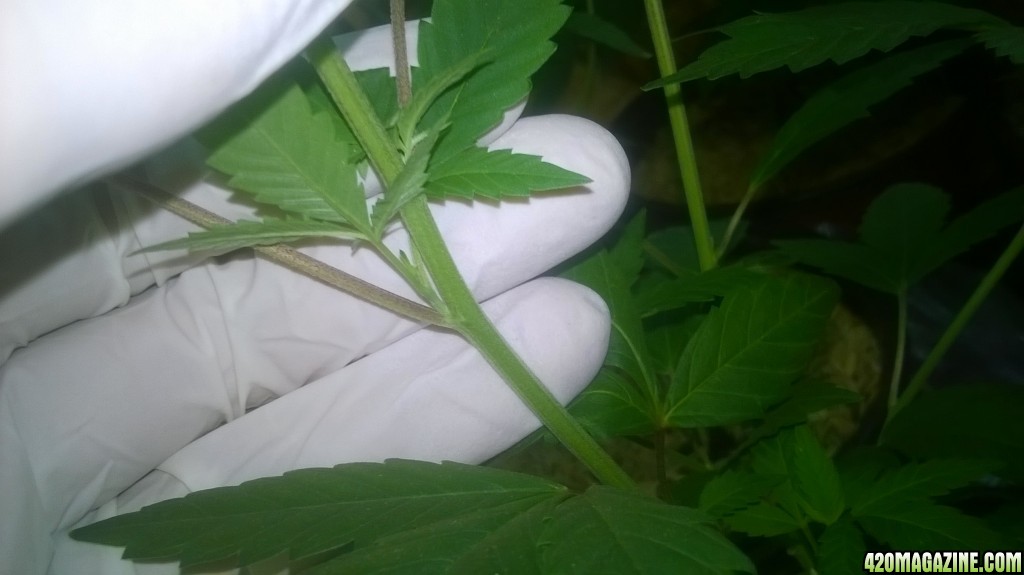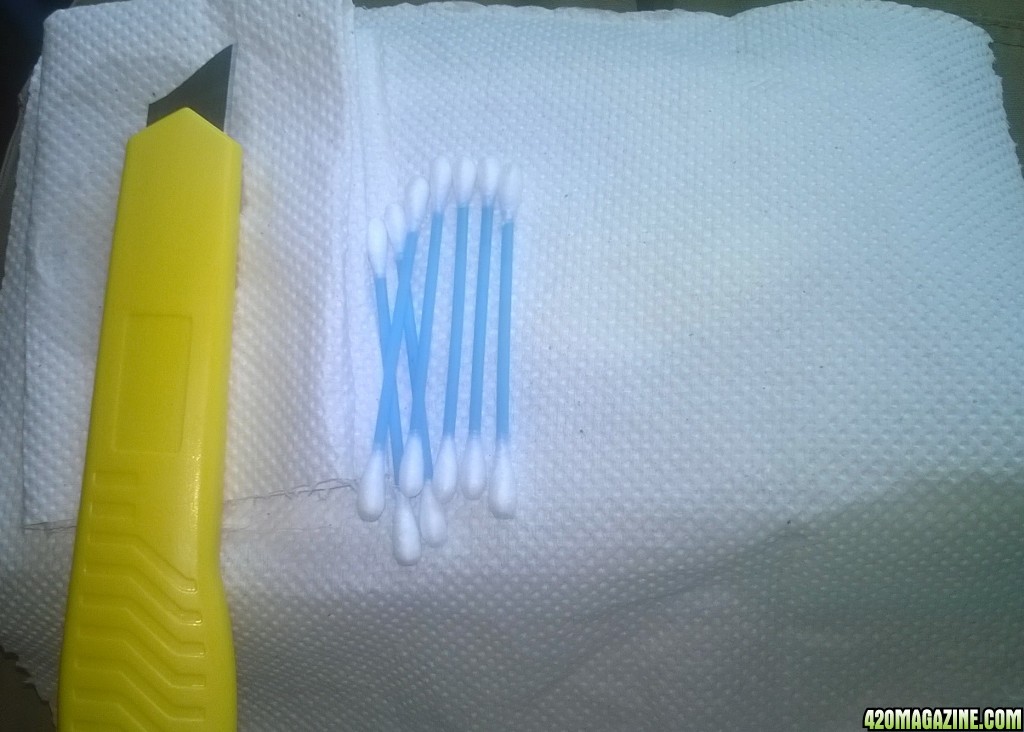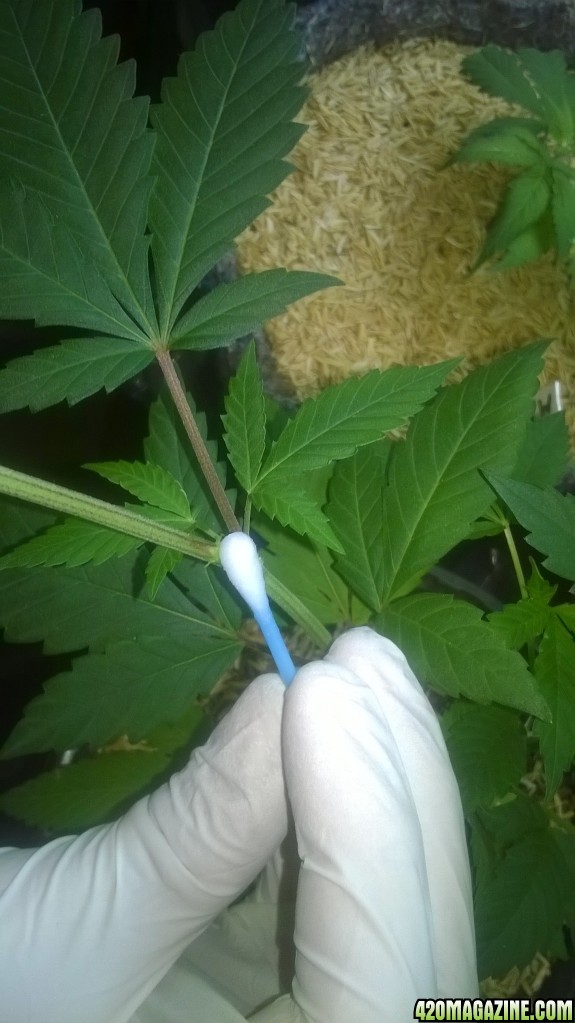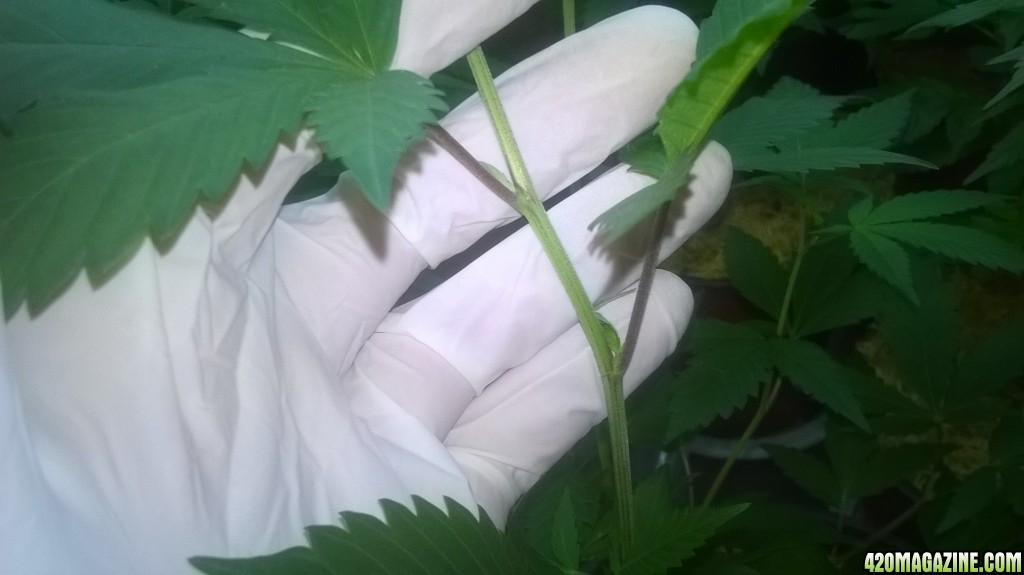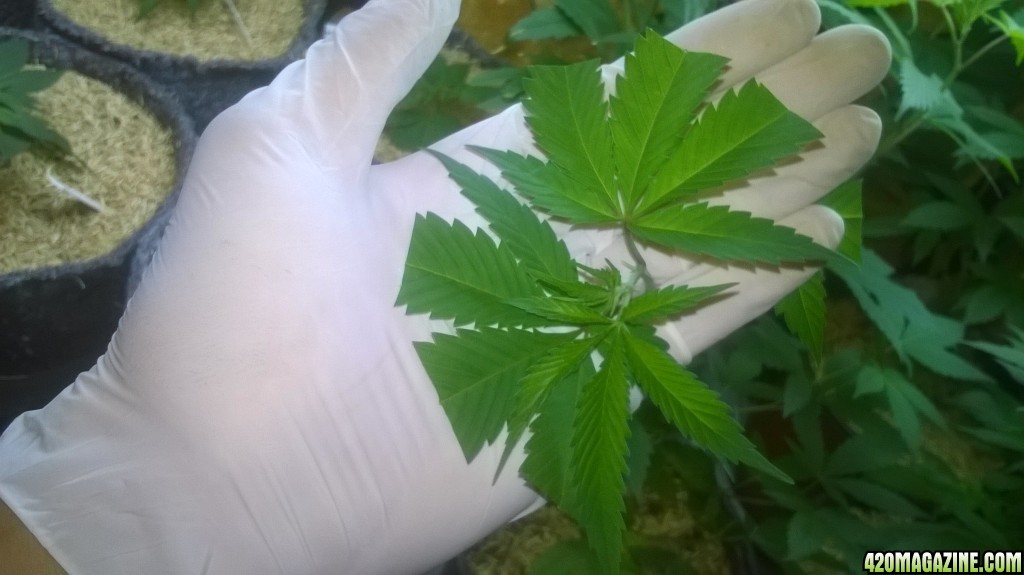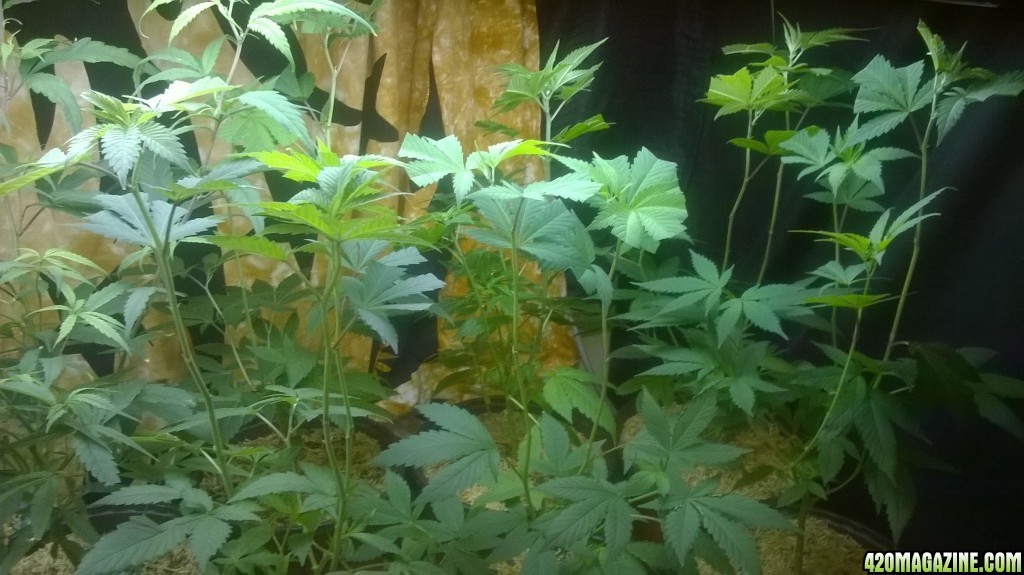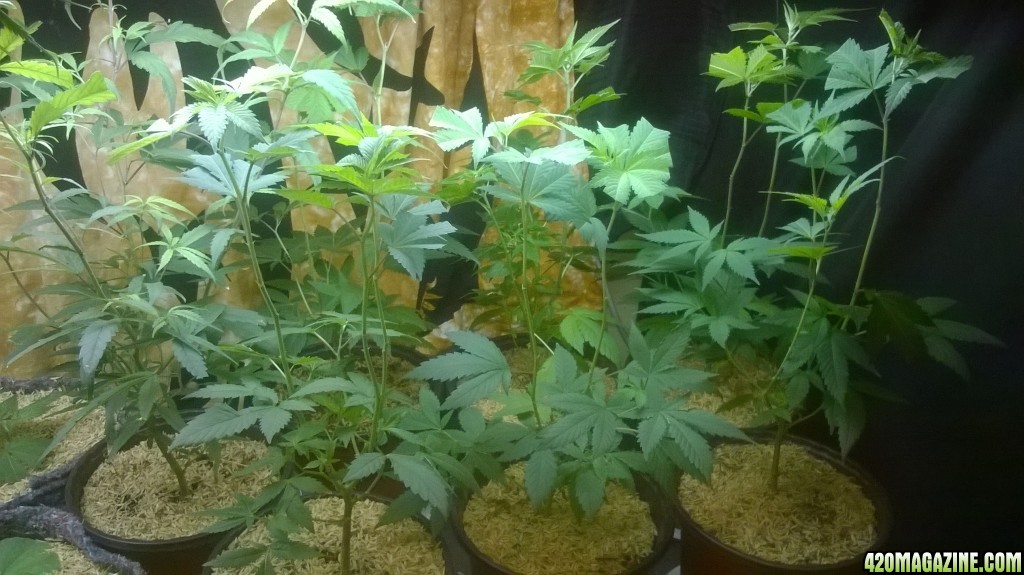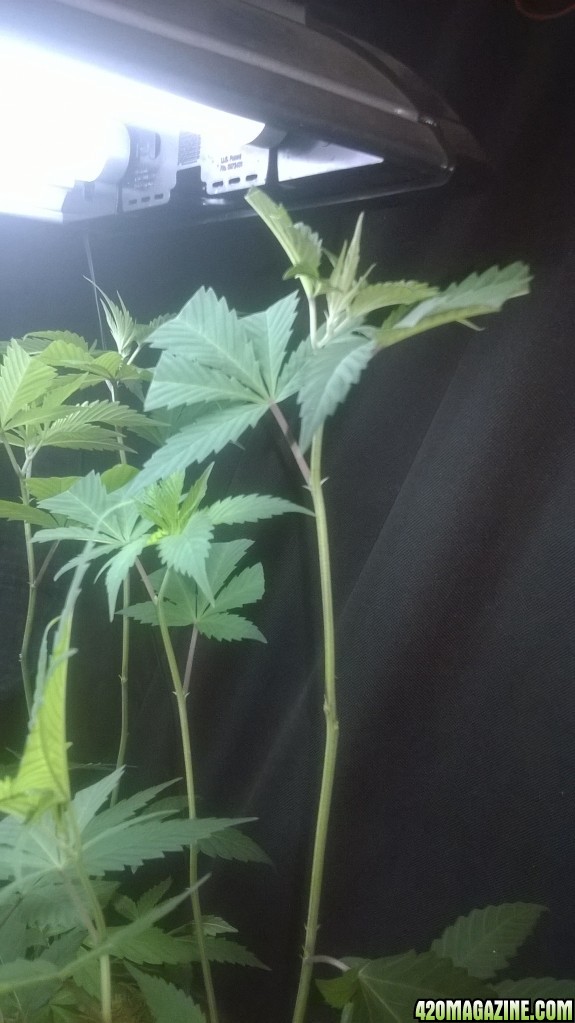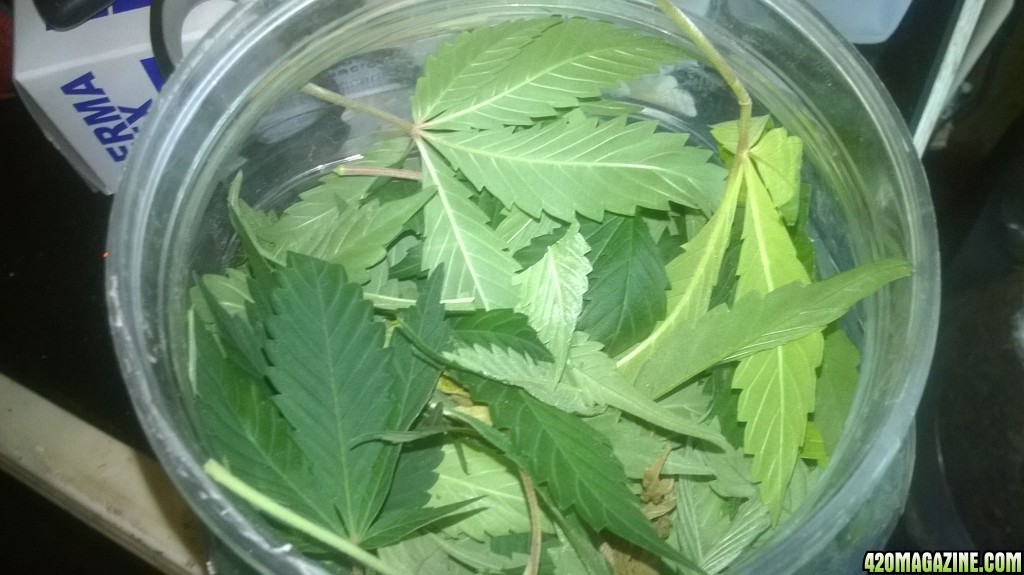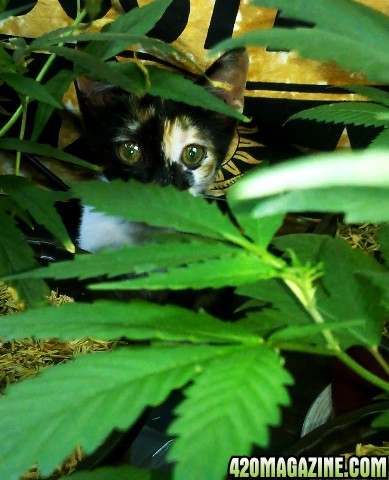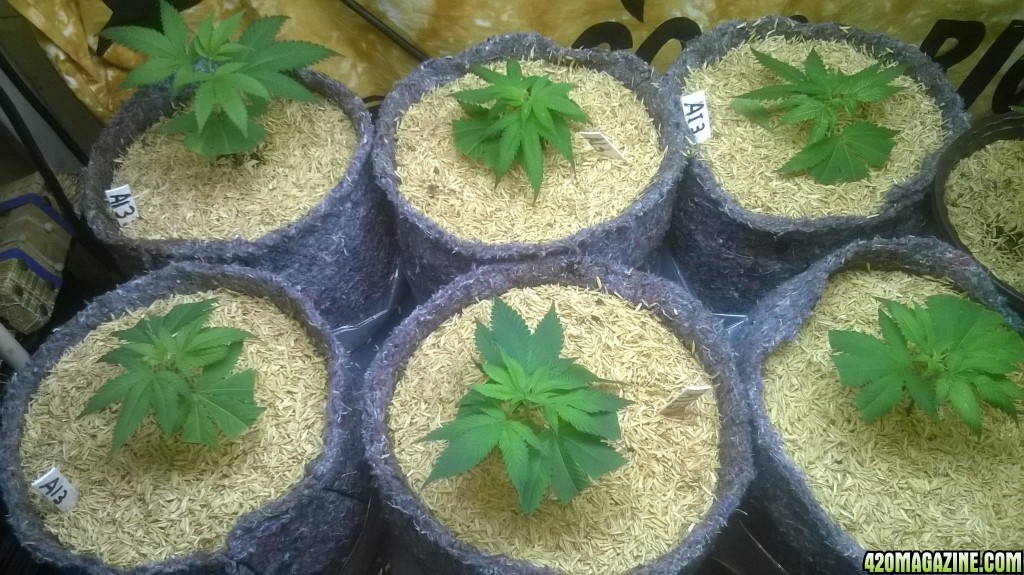- Thread starter
- #101
TheRoach
Well-Known Member
Excerpts from Lazy Gardener
Soil Amendments - Rice Hulls
Rice hulls have been used for thousands of years as a soil amendment in farming and gardening. Rice hulls (rice husks) are the hard protective covering of the grains of rice and are composed of lignin with a very high (45%) silicon (Si) content. Rice hulls are the left over product from the milling of rice to obtain the grain we eat. Worldwide there are millions of tons of rice hulls produced every year that have to be disposed of.
Rice hulls are available in several forms: fresh rice hulls, par boiled rice hulls, aged rice hulls, composted rice hulls, ground rice hulls, and rice hull ash.
Fresh rice hulls - these are straight from the milling process, they are very light weight and porous and often contain viable seeds. They tend to increase the pH when used as soil amendments and in general they perform poorly until they break down. They also often attract rodents.
Ground rice hulls - these are fresh rice hulls that have been ground into a powder to reduce the volume of material that must be transported and disposed of. This form is often used as a fiber source (low quality) for both human and animal food products. In this form it burns easily and is often used as a fuel, producing rice hull ash as the left over product. They tend to increase the pH when used as soil amendment.
Par-boiled rice hulls - these are fresh hulls that have been sterilized by using steam and are free of seeds and pathogens that are killed by the heat. These may be combined with other amendments such as pine bark, vermiculite, etc. up to 40% by volume, and they have positive effects with respect to plant growth when used in containers. This amendment is often used in mixes for containers as it is very slow to decompose, hence there is less shrinkage of the potting media. At a soil proportion level above 40% it tends to have negative effects for most species.
Aged rice hulls - this is the most common form of rice hulls one finds. The mills just pile up the hulls into very large piles and let them sit for months before disposal. This aging turns the hulls brownish. They tend to increase the pH when used as soil amendment. Above 40%, it tends to have negative effects for most species.
Composted rice hulls - these are rice hulls that have been composted by either aerobic or anaerobic methods. Due to the high silicon content, they are very slow to break down. If aerobic methods are used, the rice hulls are mixed with other feedstocks to compost properly. They turn a dark brown color, have a lower carbon to nitrogen ratio, and the pH becomes increased slightly. Anaerobic composting is usually done by burying the rice hulls in a pit for months to years where they slowly decompose. Under the these conditions they darken (sometimes become black) and become slightly acidic. In both methods if done correctly, the seeds are killed. Composted rice hulls work better in most applications.
Rice hulls have many other uses that include: rice hull ash, biochar, building material. animal bedding, silicon source for industry, fertilizer component, insulation material, fuel, making beer, filler in cheap pet foods, pillows, biodegradable nursery pots, absorbents, body powders, etc.
Conclusion: Rice hulls can be a useful soil amendment for many gardeners when used properly. The most common usage is to till them into heavy clays to physically change the soil properties before planting a new garden. This was a common practice before we had good compost available and rice hulls were more easily available.
PROS:
- comparable to perlite in water holding capacity per weight but higher air-porosity and no dust as with perlite
- improves soil physical properties
- improves a soils aggregation, porosity, tilth
- easy to spread
- renewable resource
- feedstock for making compost
- some types can be certified "organic"
- relatively inexpensive
CONS:
- quality, type, and value varies greatly
- low cation exchange capacity (CEC)
- work poorly by themselves
- nutrient content is insignificant
- blows in wind if used as a mulch
- availability limited to rice growing areas
- slow to breakdown
- does not stimulate beneficial microbial activity as compared to other organic amendments
Soil Amendments - Rice Hulls
Rice hulls have been used for thousands of years as a soil amendment in farming and gardening. Rice hulls (rice husks) are the hard protective covering of the grains of rice and are composed of lignin with a very high (45%) silicon (Si) content. Rice hulls are the left over product from the milling of rice to obtain the grain we eat. Worldwide there are millions of tons of rice hulls produced every year that have to be disposed of.
Rice hulls are available in several forms: fresh rice hulls, par boiled rice hulls, aged rice hulls, composted rice hulls, ground rice hulls, and rice hull ash.
Fresh rice hulls - these are straight from the milling process, they are very light weight and porous and often contain viable seeds. They tend to increase the pH when used as soil amendments and in general they perform poorly until they break down. They also often attract rodents.
Ground rice hulls - these are fresh rice hulls that have been ground into a powder to reduce the volume of material that must be transported and disposed of. This form is often used as a fiber source (low quality) for both human and animal food products. In this form it burns easily and is often used as a fuel, producing rice hull ash as the left over product. They tend to increase the pH when used as soil amendment.
Par-boiled rice hulls - these are fresh hulls that have been sterilized by using steam and are free of seeds and pathogens that are killed by the heat. These may be combined with other amendments such as pine bark, vermiculite, etc. up to 40% by volume, and they have positive effects with respect to plant growth when used in containers. This amendment is often used in mixes for containers as it is very slow to decompose, hence there is less shrinkage of the potting media. At a soil proportion level above 40% it tends to have negative effects for most species.
Aged rice hulls - this is the most common form of rice hulls one finds. The mills just pile up the hulls into very large piles and let them sit for months before disposal. This aging turns the hulls brownish. They tend to increase the pH when used as soil amendment. Above 40%, it tends to have negative effects for most species.
Composted rice hulls - these are rice hulls that have been composted by either aerobic or anaerobic methods. Due to the high silicon content, they are very slow to break down. If aerobic methods are used, the rice hulls are mixed with other feedstocks to compost properly. They turn a dark brown color, have a lower carbon to nitrogen ratio, and the pH becomes increased slightly. Anaerobic composting is usually done by burying the rice hulls in a pit for months to years where they slowly decompose. Under the these conditions they darken (sometimes become black) and become slightly acidic. In both methods if done correctly, the seeds are killed. Composted rice hulls work better in most applications.
Rice hulls have many other uses that include: rice hull ash, biochar, building material. animal bedding, silicon source for industry, fertilizer component, insulation material, fuel, making beer, filler in cheap pet foods, pillows, biodegradable nursery pots, absorbents, body powders, etc.
Conclusion: Rice hulls can be a useful soil amendment for many gardeners when used properly. The most common usage is to till them into heavy clays to physically change the soil properties before planting a new garden. This was a common practice before we had good compost available and rice hulls were more easily available.
PROS:
- comparable to perlite in water holding capacity per weight but higher air-porosity and no dust as with perlite
- improves soil physical properties
- improves a soils aggregation, porosity, tilth
- easy to spread
- renewable resource
- feedstock for making compost
- some types can be certified "organic"
- relatively inexpensive
CONS:
- quality, type, and value varies greatly
- low cation exchange capacity (CEC)
- work poorly by themselves
- nutrient content is insignificant
- blows in wind if used as a mulch
- availability limited to rice growing areas
- slow to breakdown
- does not stimulate beneficial microbial activity as compared to other organic amendments



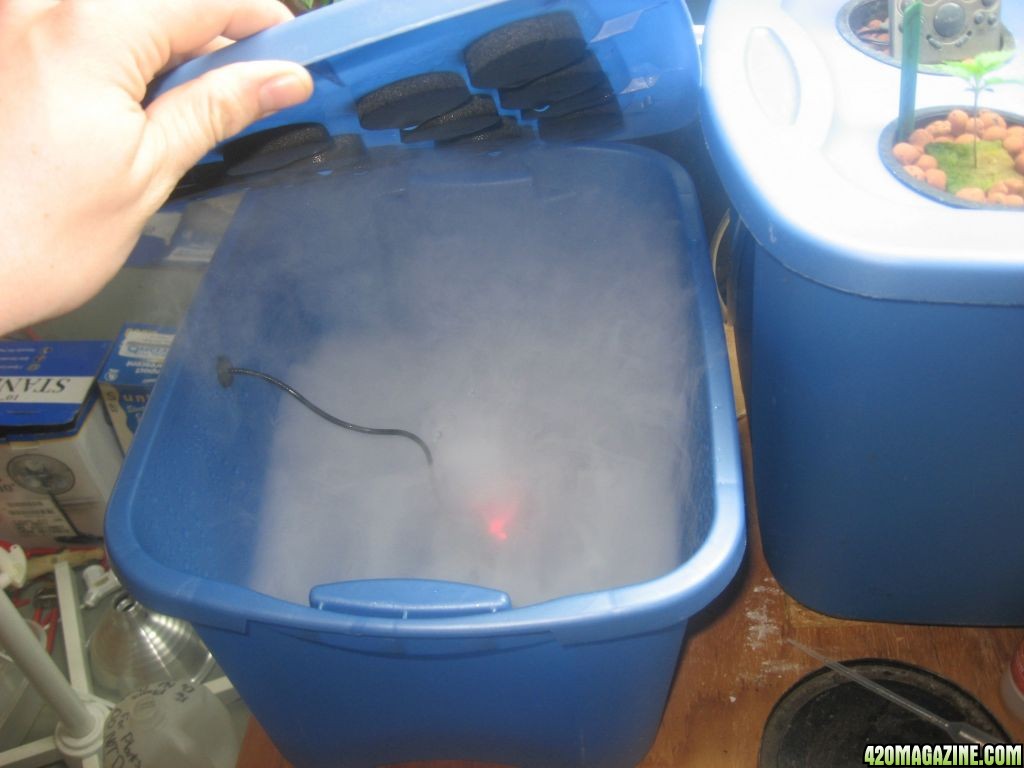
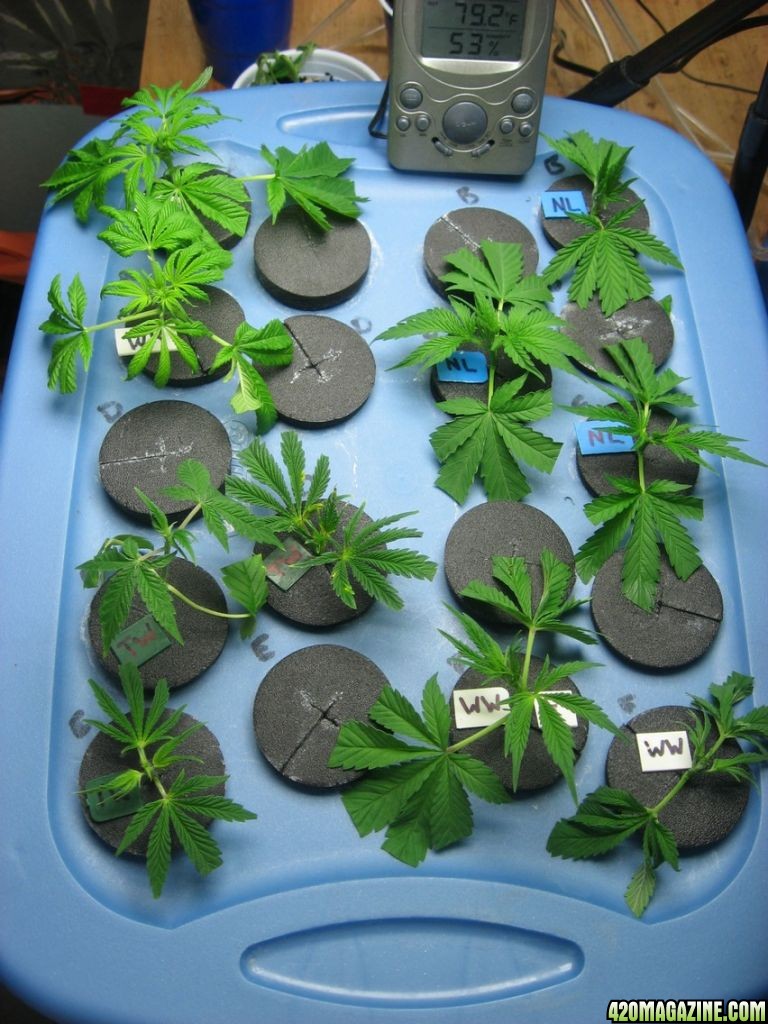
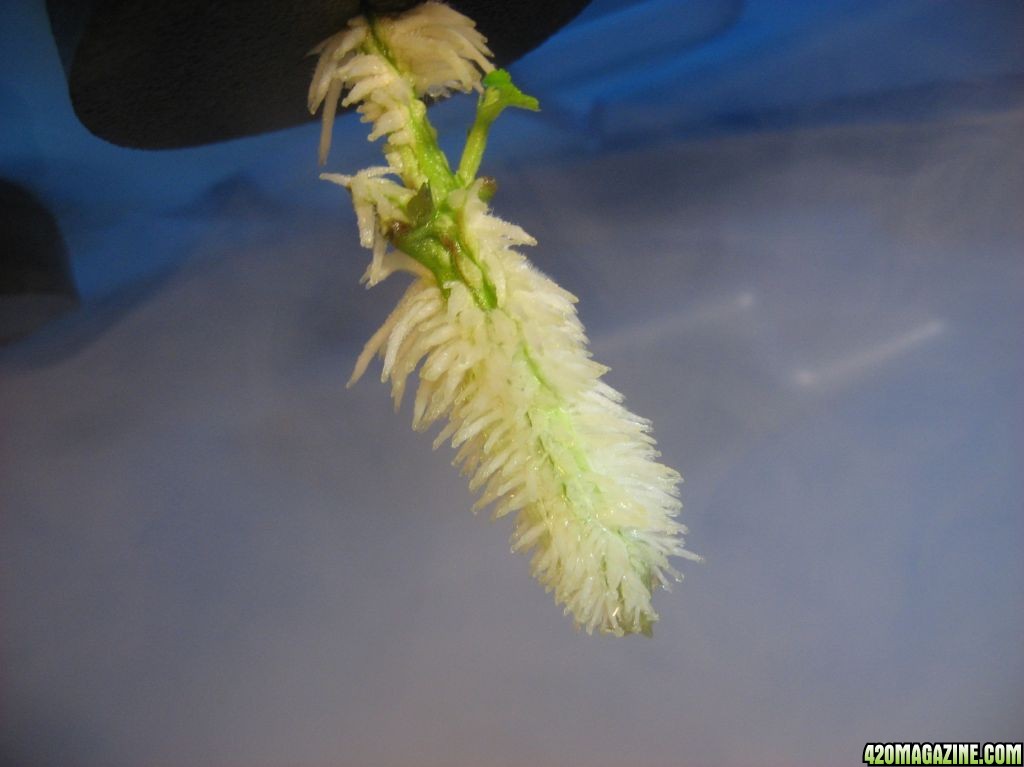
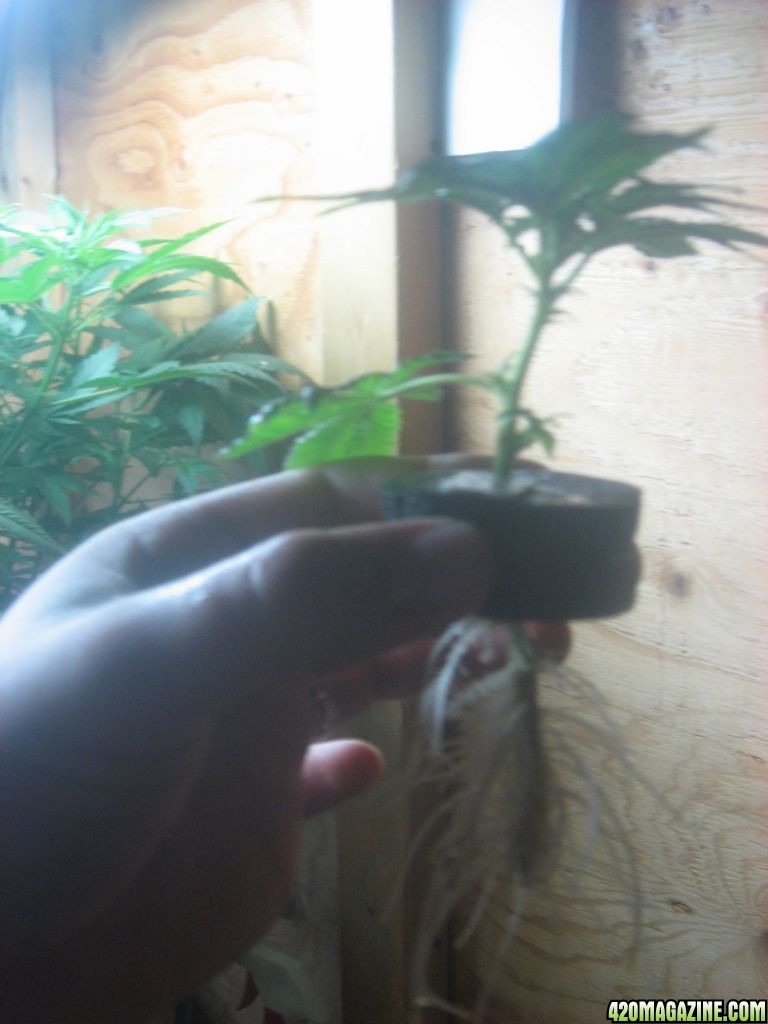

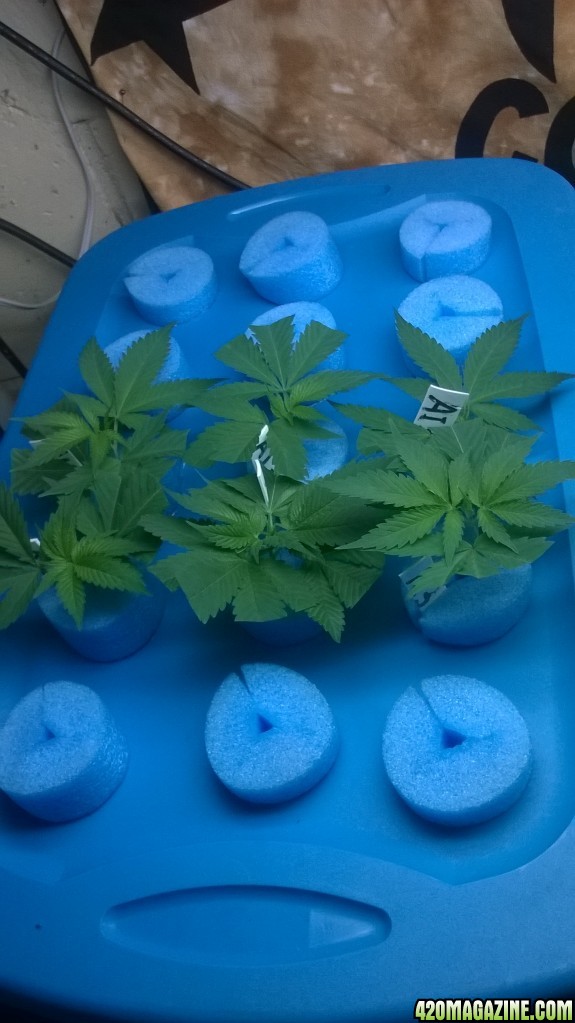
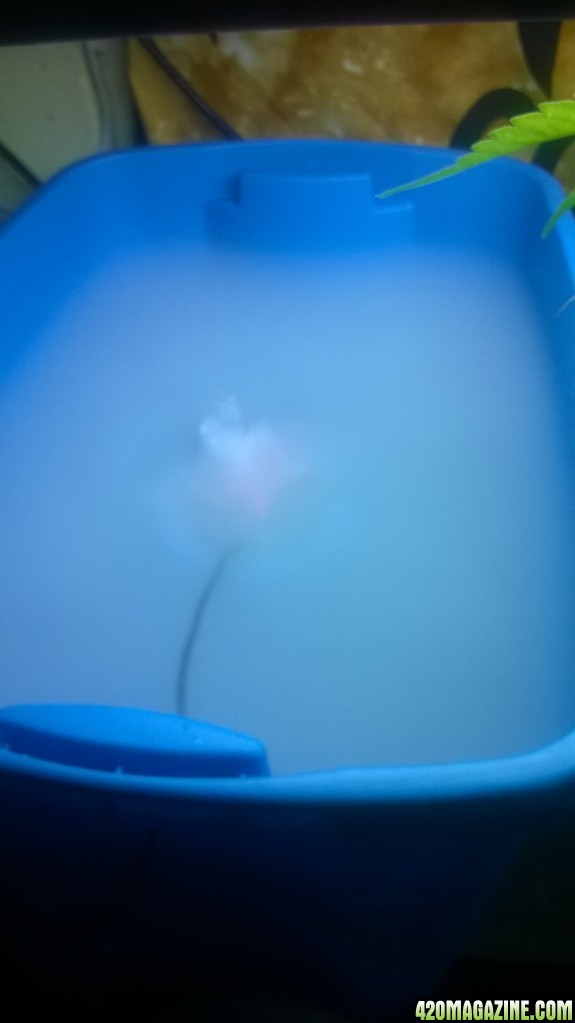
 for sharing what they know, as it really empowers others in their quest for more bud.
for sharing what they know, as it really empowers others in their quest for more bud.
